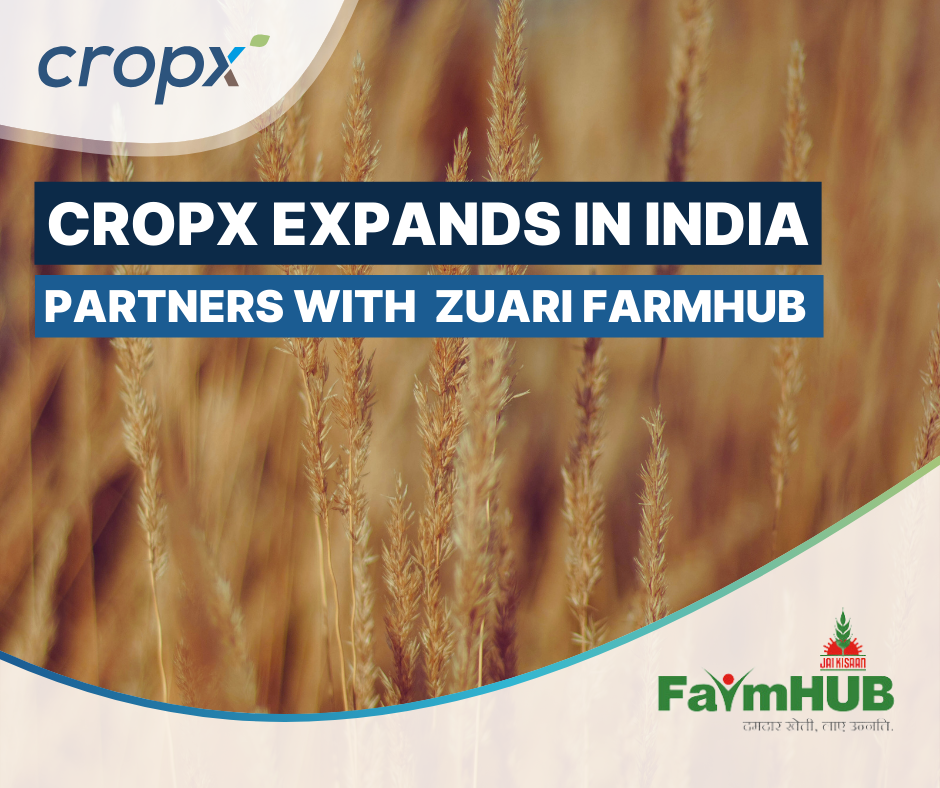On another note, time is challenging given that processes and procedures are time-consuming, affecting the entire ecosystem. Therefore, these challenges had to be identified and addressed so that the government of India can regulate its resources and enhance procurement processes to become more efficient and effective. India's ministries and public entities rely on regular purchases to secure their various needs. The country pays 340 billion rupees in exchange for its governmental purchases, which make up approximately 15 to 20% of the annual GDP. When considering these processes, it became evident that they suffer from many vulnerabilities resulting from the intricacies of politics and disparities in applied procedures within local and national entities responsible for completing central and state procurement processes.
In an attempt to address these challenges, the government of India developed the Government e-Marketplace (GeM) to facilitate electronic purchases of goods and services needed by ministries, departments, public sector projects, independent entities, and local entities and organizations, whether at the central or state level, within the highest standards of transparency and efficiency. The project's main goal was to enhance the competitiveness of public sectors and help them save more money. GeM is expected to reduce the costs of administrative procedures and transactions required by governmental purchases by 15 to 20%.
In 2016, India's Ministry of Commerce and Industry launched GeM with a funding of 2 billion rupees. This market covers a wide range of commonly used goods and services, such as air conditioning, heating equipment, writing instruments, water, projectors, desks, and computer supplies, and services like security, human resources, and housekeeping. Cars, computers, and paper are among the most sold commodities in this market.
To achieve its desired goal, the Ministry made sure that GeM has the same advantages as the free markets and was designed similarly to Amazon. Its products are classified under 390 categories and 1,000 sub-categories, which enable the easy, transparent, and swift completion of governmental purchases. GeM also provides tools for e-bidding, reverse auction, and aggregate demand to help governments achieve the best value for their public spending.
Within the same framework, GeM offers five different purchasing methods to facilitate the procurement of different quantities and technical requirements. The first method is based on requests for tenders, as the government reveals the items it needs through GeM and invites vendors to submit bids. This method involves goods and services whose value exceeds 2.5 million rupees. The second method covers limited requests for tenders and is concerned with goods whose value is less than 2.5 million rupees and purchased regularly, such as stationery, water, etc. As for high-value purchases like the procurement of factories and machinery, the most suitable method is the two-stage tendering: technical evaluation and lowest price display. The fourth option requires requests for bids from one supplier and is used in case goods and services are limited in the open market. Finally, e-reverse auctions are used to sell products at lower prices.
GeM facilitated the task for the two parties. It addressed local vendor concerns related to late payments and insufficient stock for placing orders. GeM also provided potential buyers in public entities with several options to choose supplier sizes, such as micro, small, and medium-sized companies. This increased their share of purchases in their overall procurement of goods and services.
Vendors wishing to display their products in the market can complete registration procedures in almost 10 minutes while taking into account the urgency to supply the goods within 15 days from the order date, which enhances efficiency and transparency. Once delivery is completed and the goods are approved by the buyer, vendors will receive their payments within 10 days only.
GeM enables full e-payments and lowers the performance guarantee to diversify opportunities for registered vendors. GeM also provides buyers with the multi-cart feature. On another note, the market classifies vendors and buyers and keeps records of all steps across transactions. In the event of any dispute, unsubsidized goods and services, or the lack of competitive value, GeM offers effective mechanisms to resolve these conflicts and deal with such cases.
Since its launch, GeM achieved major success which significantly affected the economy. Perhaps the main reason behind this is the decrease in average prices of goods and services by 15 to 20% compared to other markets. During the three years following 2016, GeM received more than 2.8 million orders bringing the total value of goods sold to 4,000 billion Indian rupees. Micro, small, and medium-sized enterprises processed half of these requests. Communication programs and marketing campaigns have increased the participation of vendors and buyers, bringing the number of vendors registered on the platform to 2.5 million, compared to Flipkart (India's largest online store) with 1 million vendors. The value of purchases completed through GeM is expected to reach 5,000 billion rupees between 2019 and 2020, compared to the 3,336 billion rupees recorded last year.
Given the complex nature of procurement in India in terms of geographic and policy-related considerations, GeM will target vendors covered under the Central Government which accounts for 65% of the total spending. Within five to six years, GeM intends to complete approximately 20,000 to 30,000 billion transactions. GeM is expected to capture 5% of India's nominal GDP in terms of transactional value on an annual basis and over the long term. The platform's aspirations are in line with best-in-class e-procurement portals, such as GeBiz in Singapore and KNOPES in Korea, which contribute to their GDP by 4.5 to 6% through e-transactions.






